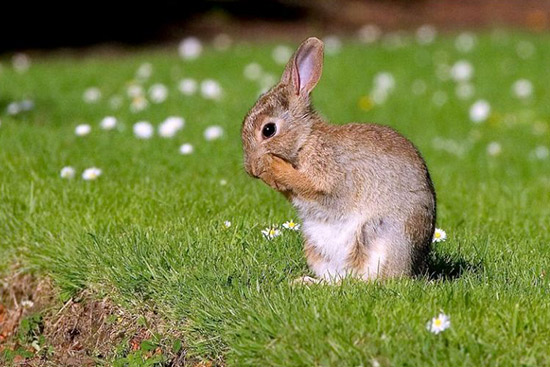Explore some intriguing facts about rabbits in Australia in this blog.
Here are some interesting facts about rabbits in Australia
- Rabbits are not native of Australia. They were introduced in 1859 by Thomas Austin.
- The spread of feral Rabbits from the initial release of only 24 in 1859 was rapid and destructive.
- They are an invasive species whose introduction to Australia has caused devastation of habitats and is responsible for the major decline and extinction of many native Australian animals (marsupials) such as the greater bilby and the pig-footed bandicoot.

- The introduction of the rabbit has also strained the native wildlife of Australia. People have blamed rabbits for the destruction of the eremophila plant and various species of trees. Because rabbits will feed on seedlings, many trees are never able to reproduce, leading to local extinction.
- Vegetation loss leads to soil erosion, depleting vital nutrients for plant growth. Typically, this soil deposits into waterways, leading to siltation and the destruction of aquatic ecosystems.
- By the 1920s, within just 70 years, the rabbit population in Australia surged to around 10 billion. They reproduced at a rate of 18 to 30 per single female rabbit per year.
- The rabbits started to migrate across Australia at a rate of 80 miles a year.
- After destroying two million acres of Victoria’s floral lands, they crossed the states of New South Wales, South Australia, and Queensland. By 1890, rabbits were spotted even in Western Australia.
- Actively competing with domestic livestock, rabbits can alter pasture composition by selectively grazing on more palatable and nutritious plants. During droughts, seven to ten rabbits consume as much as one adult sheep. They can strip landscapes bare, leaving no food for other animals.
- In 1901, the Western Australian Government initiated the construction of the first Rabbit Proof Fence, and it completed the fence in 1907. It became the longest Rabbit fence ever built, spanning approximately 1,830 kilometers.
- In 1902, before completing the first fence, they had already made their way past it, west of the fence.
- They built two more fences; they started the 2nd fence further west in 1905.
- In 1950, in response to the alarming rise in the Australian rabbit population, they intentionally introduced Myxomatosis, which caused a reduction of about 500 million rabbits. However, this still left around 100 million rabbits.
- By 1991 the population had recovered to about 200-300 million due to genetic resistance.
- In 1996 CSIRO scientists released calicivirus which turned out to be too successful because it killed too many, leaving some predators starving.
- Although the rabbit population is a fraction of what it was in the early 1920s, it continues to burden the country’s eco- and agricultural systems. They have inhabited Australia for over 150 years, and unless someone finds a perfect virus, they’ll probably continue to inhabit it for several hundred more.





